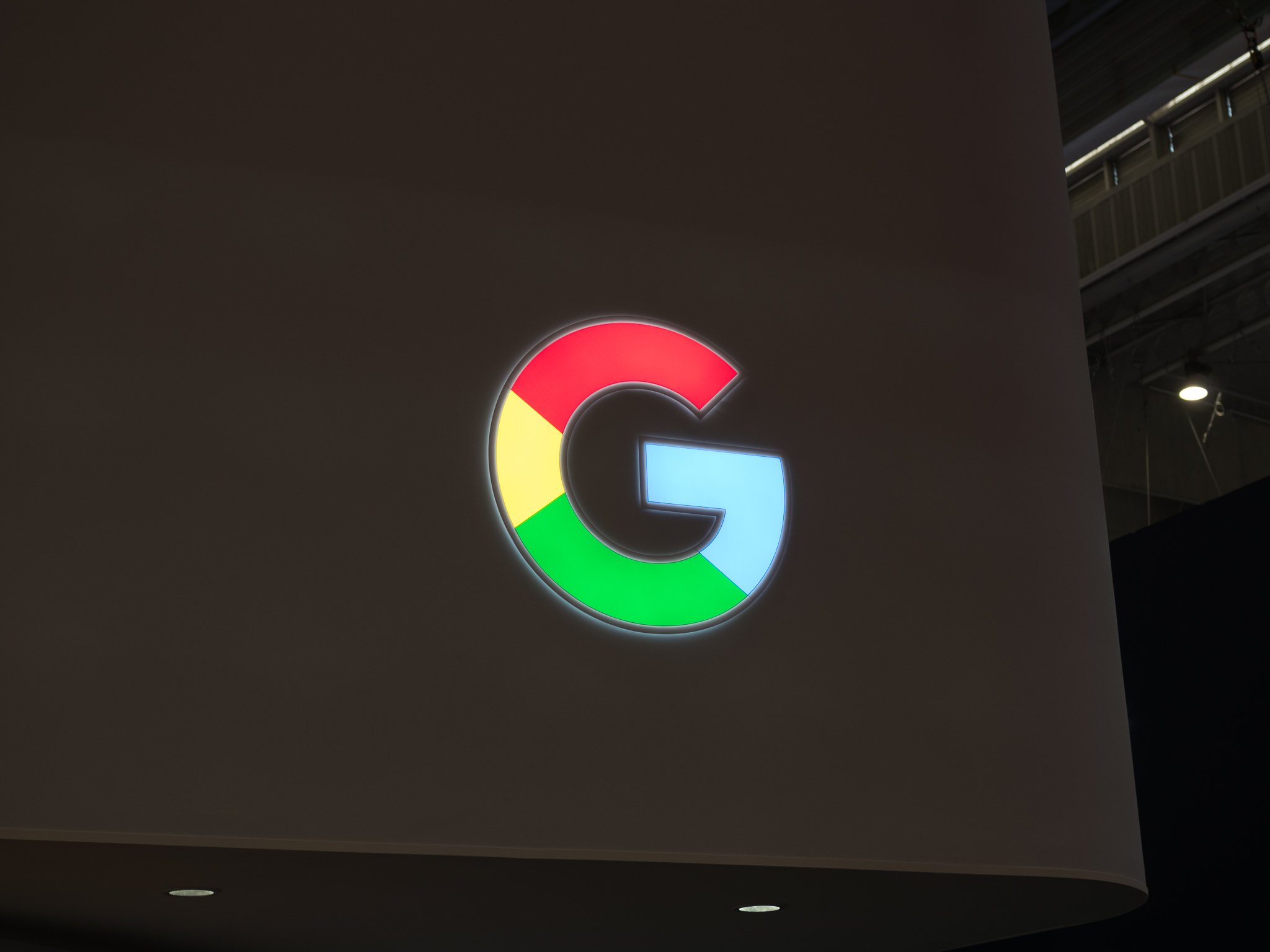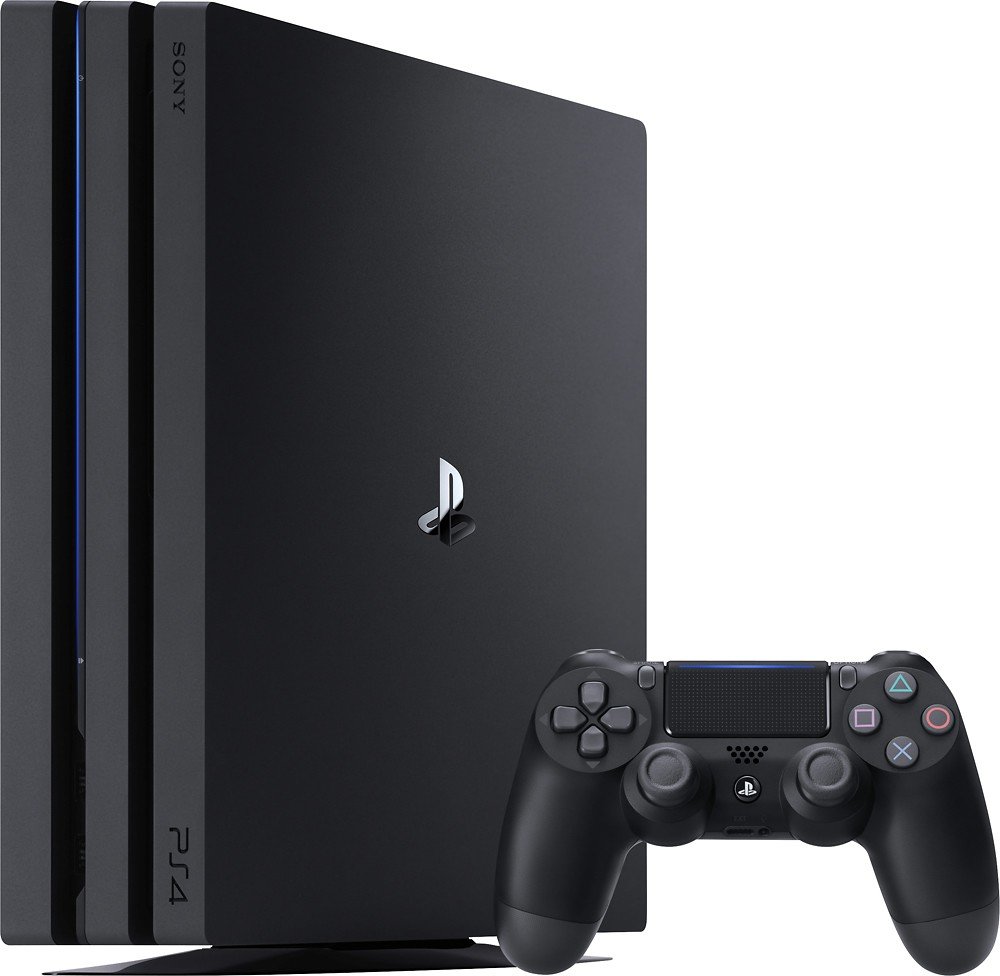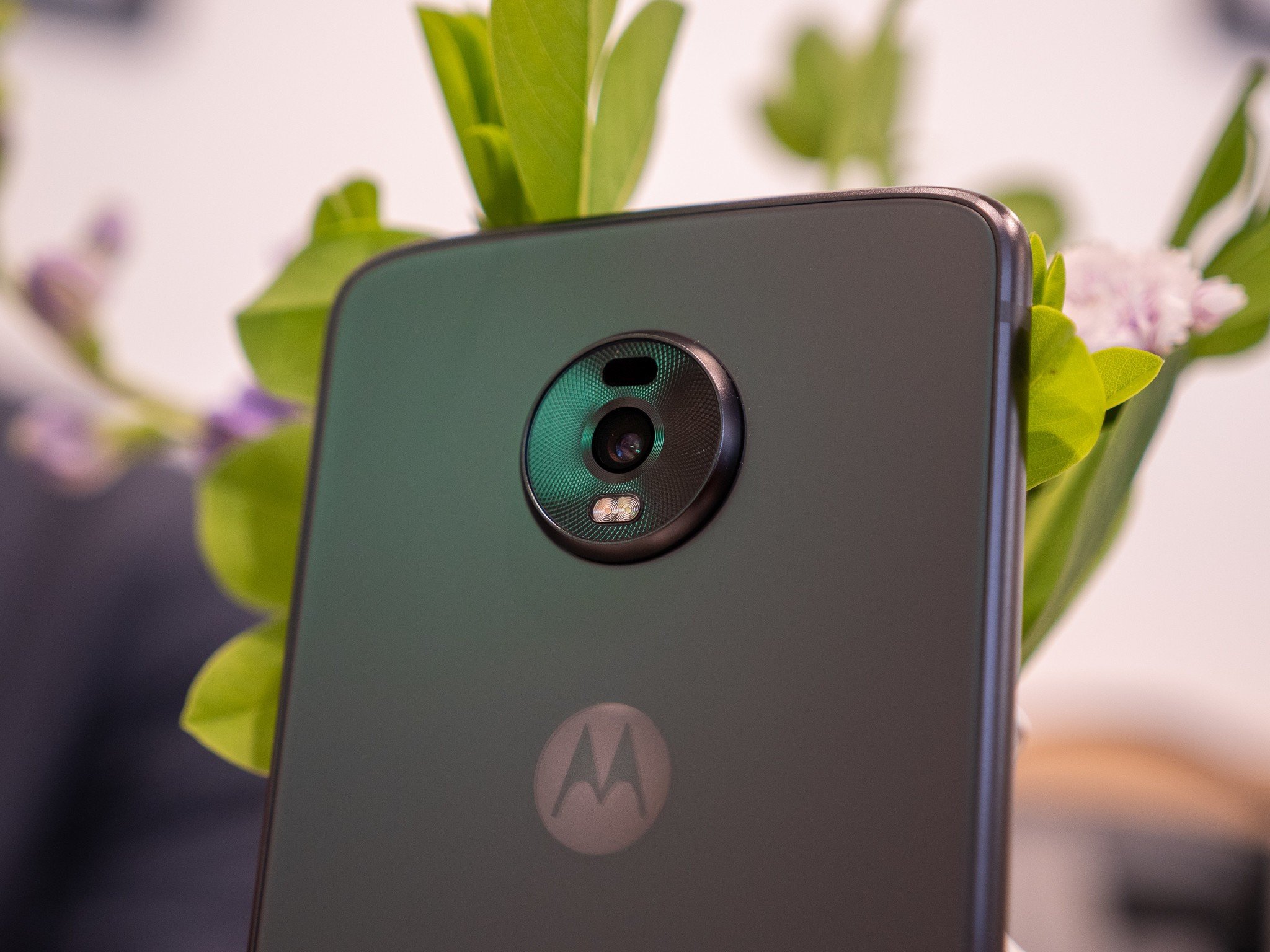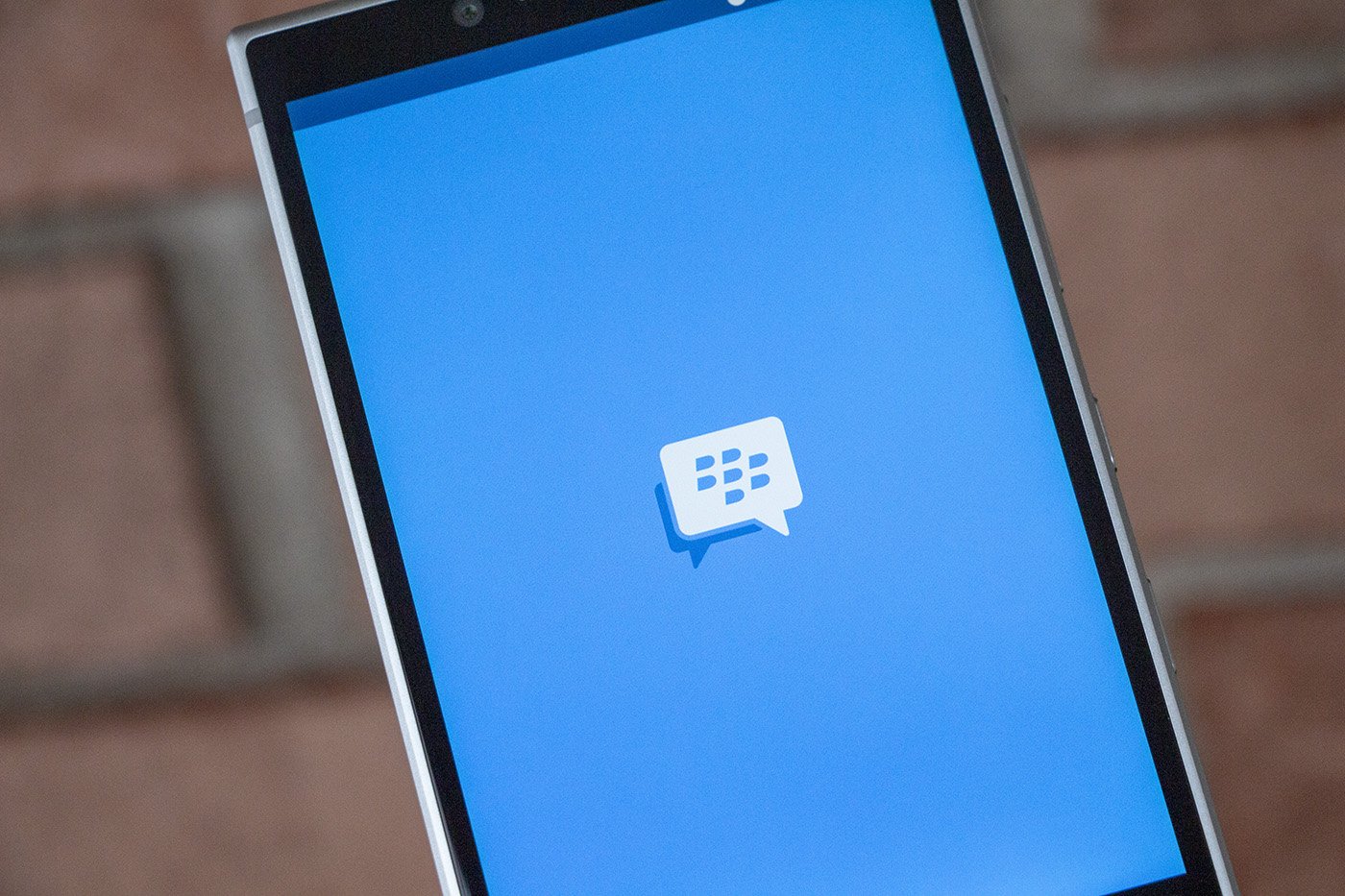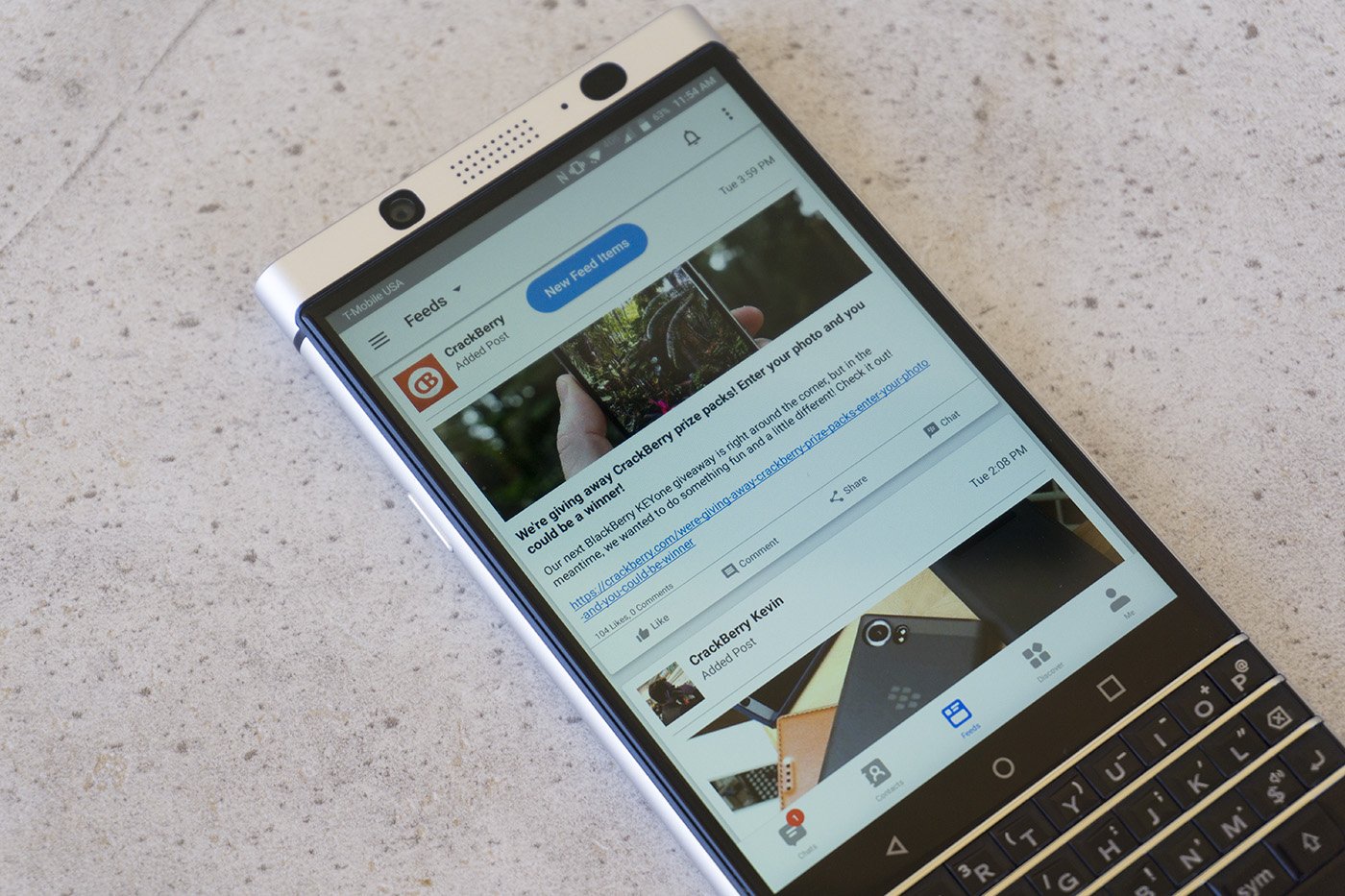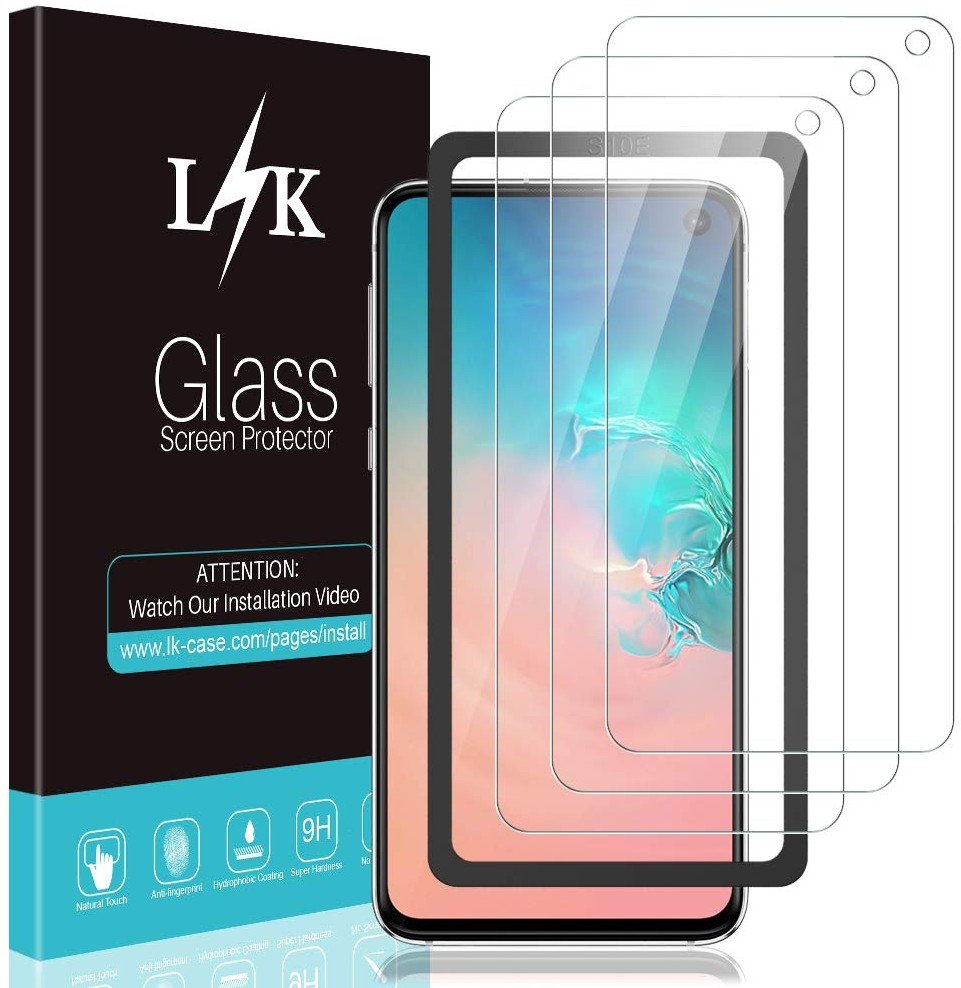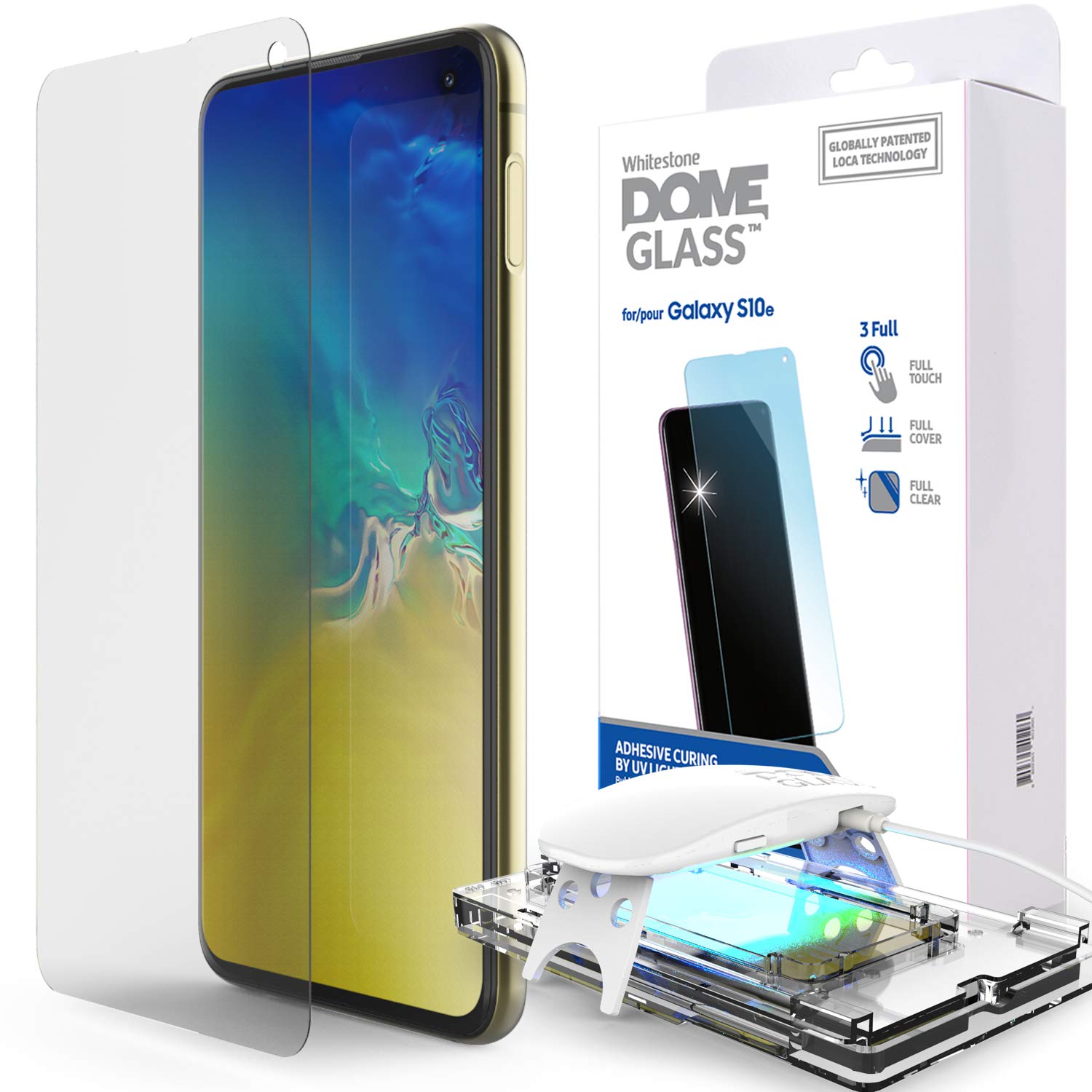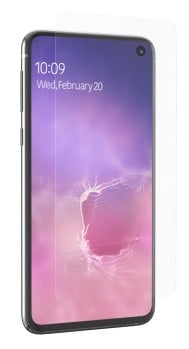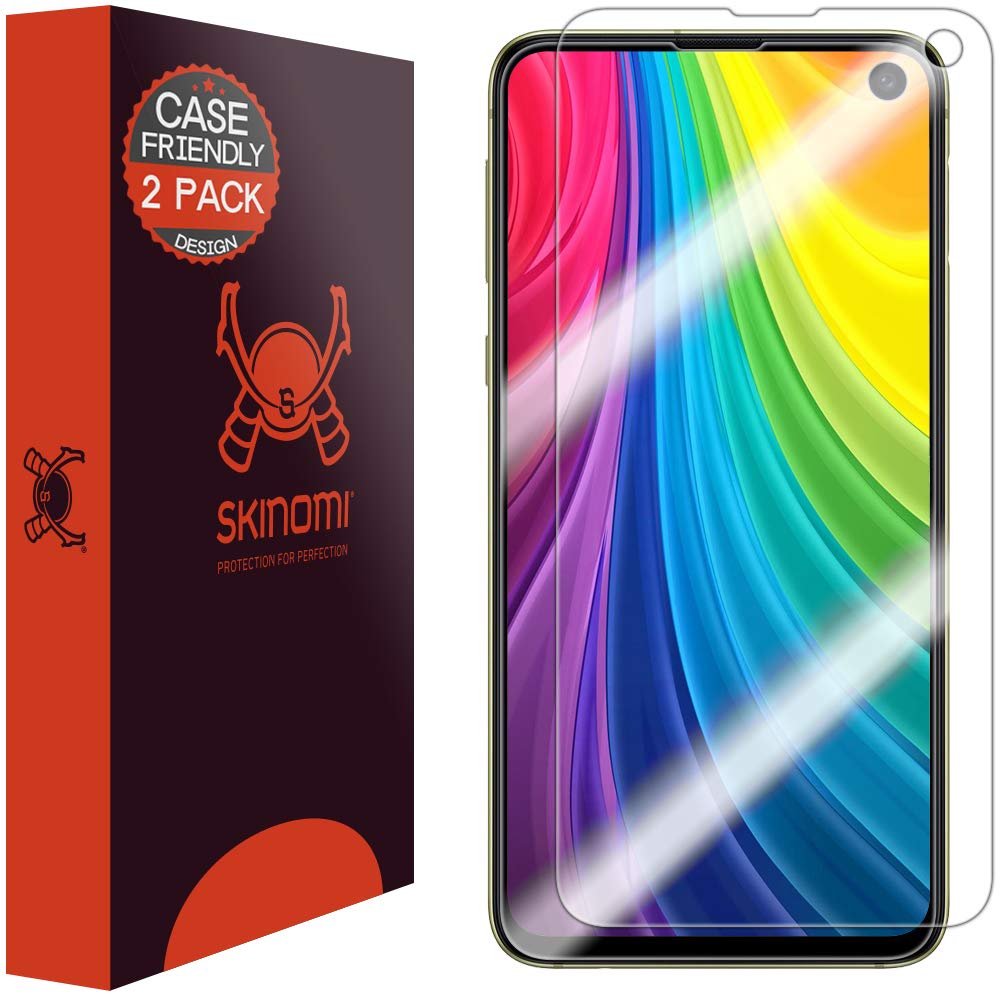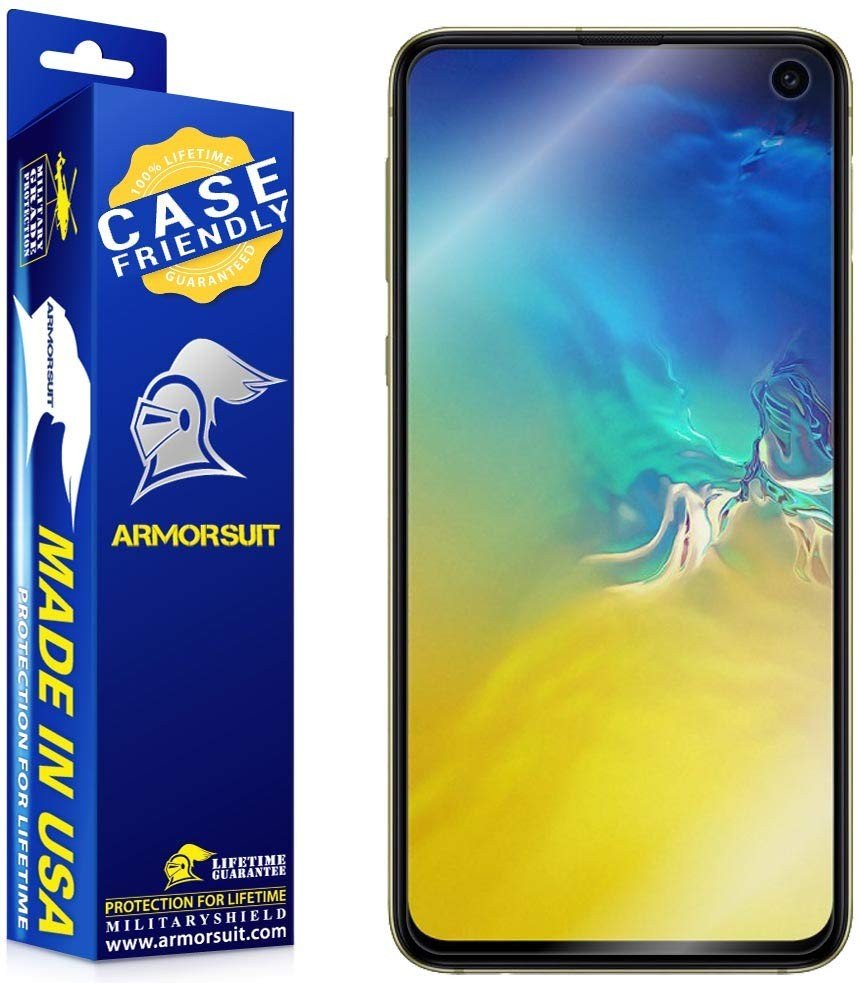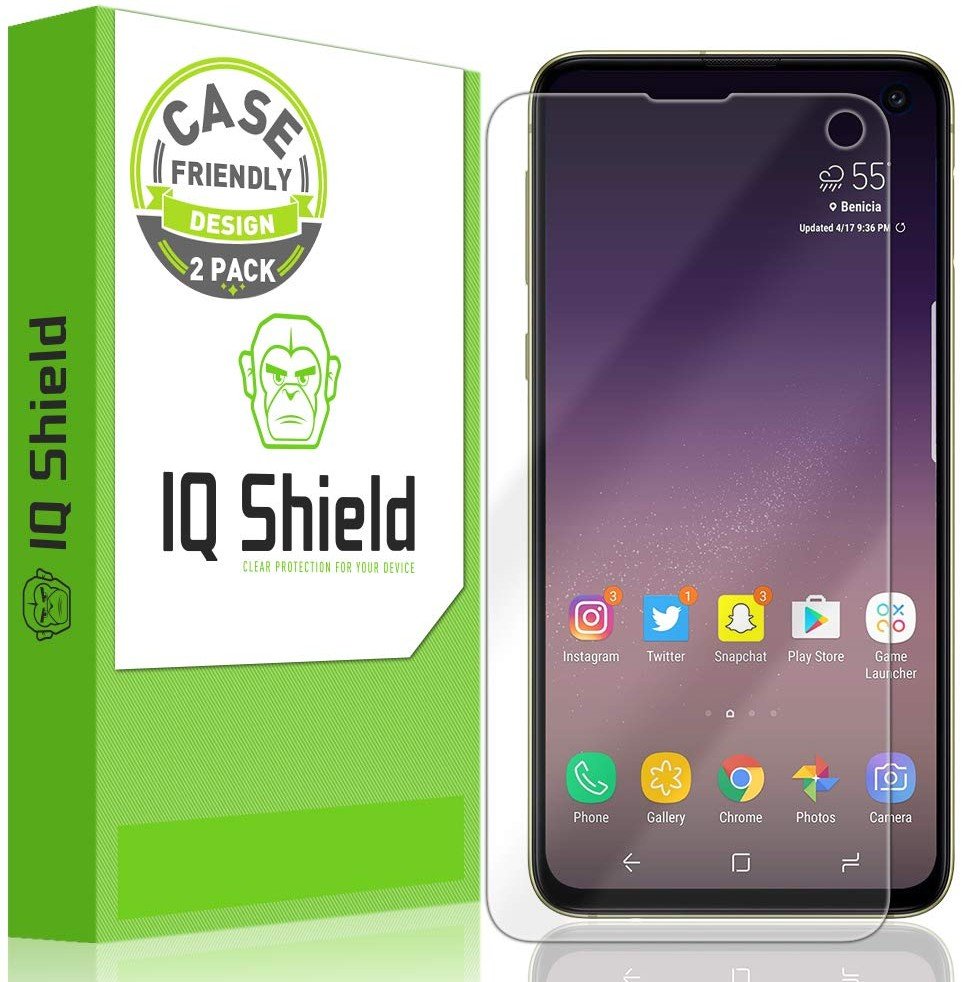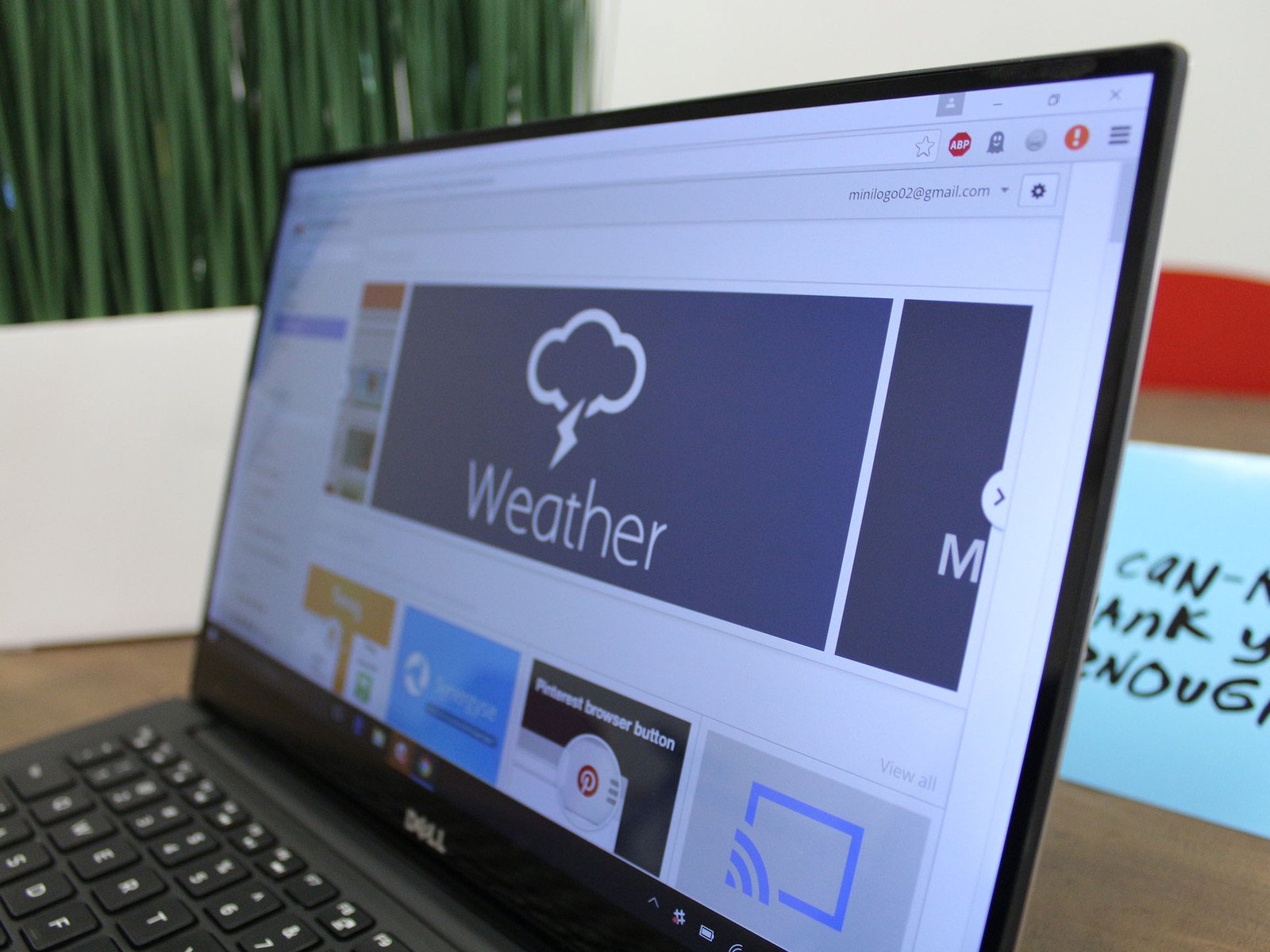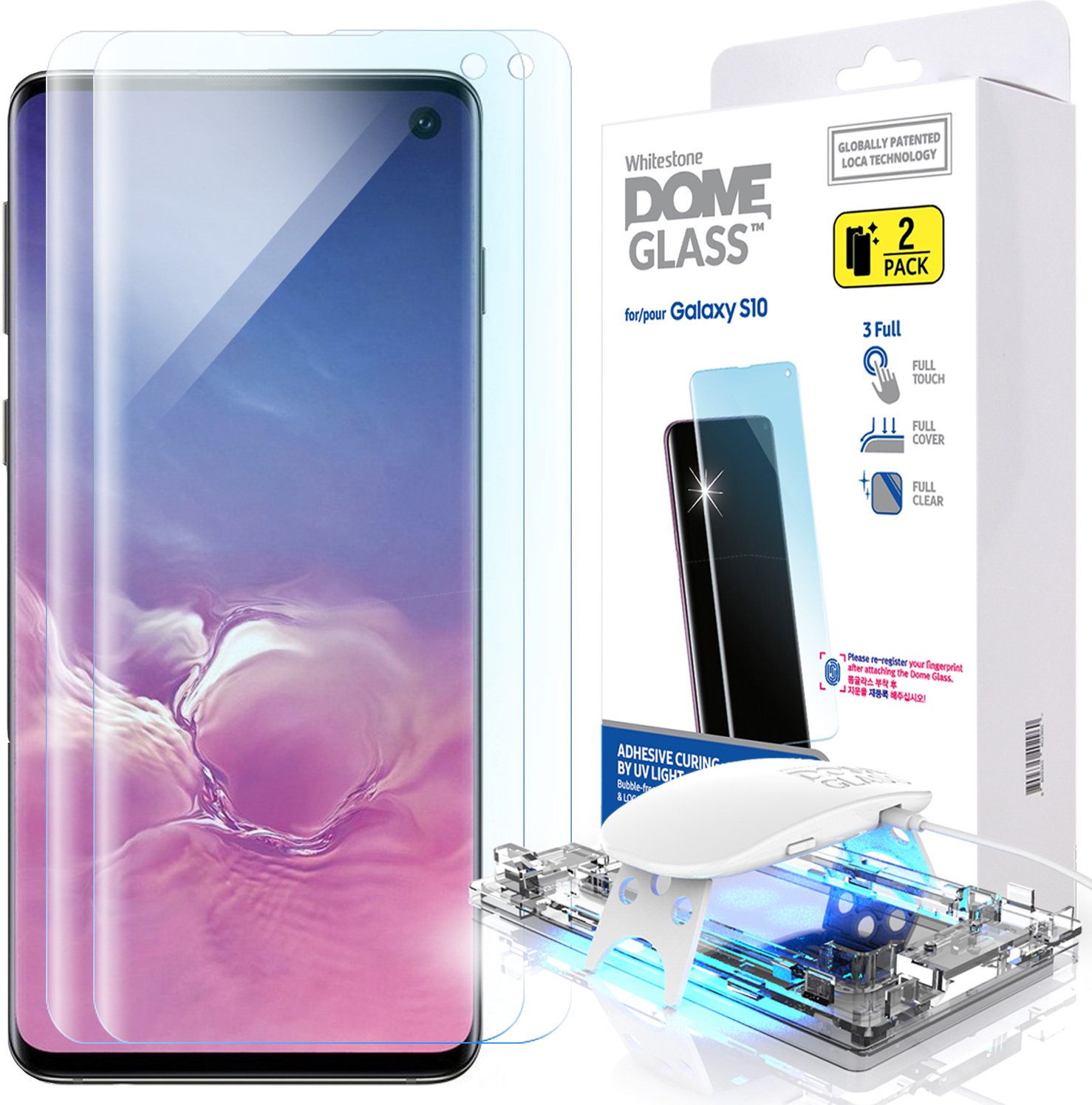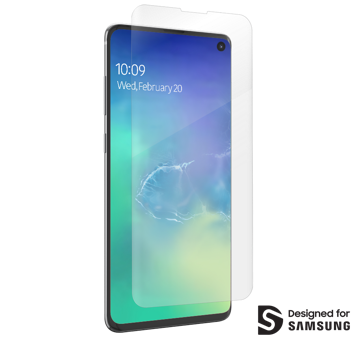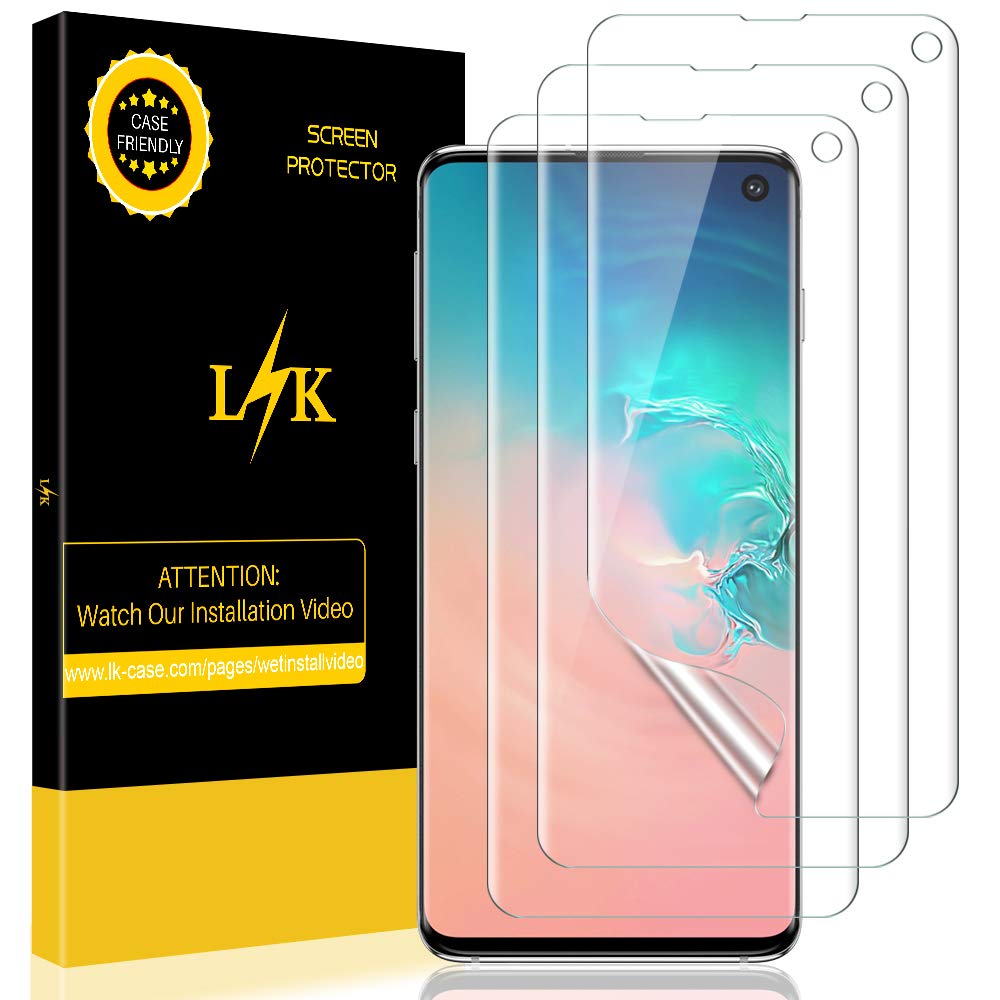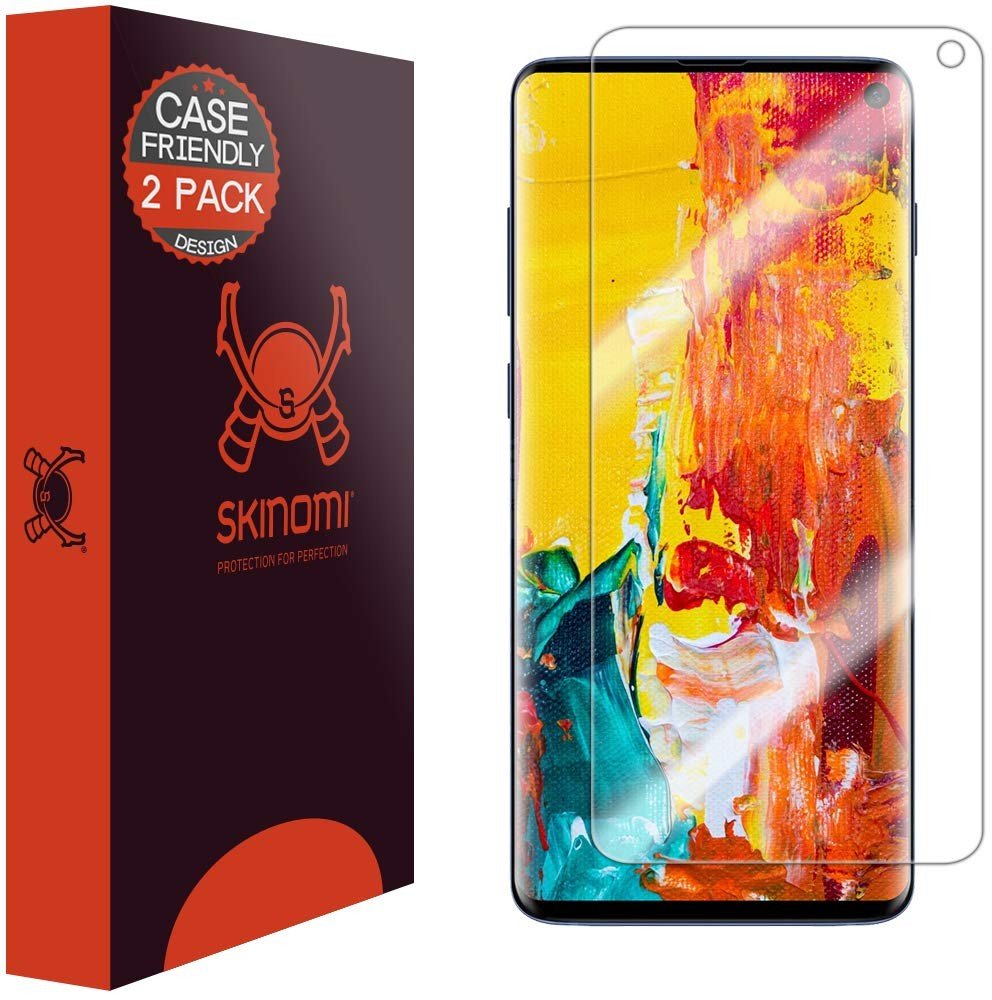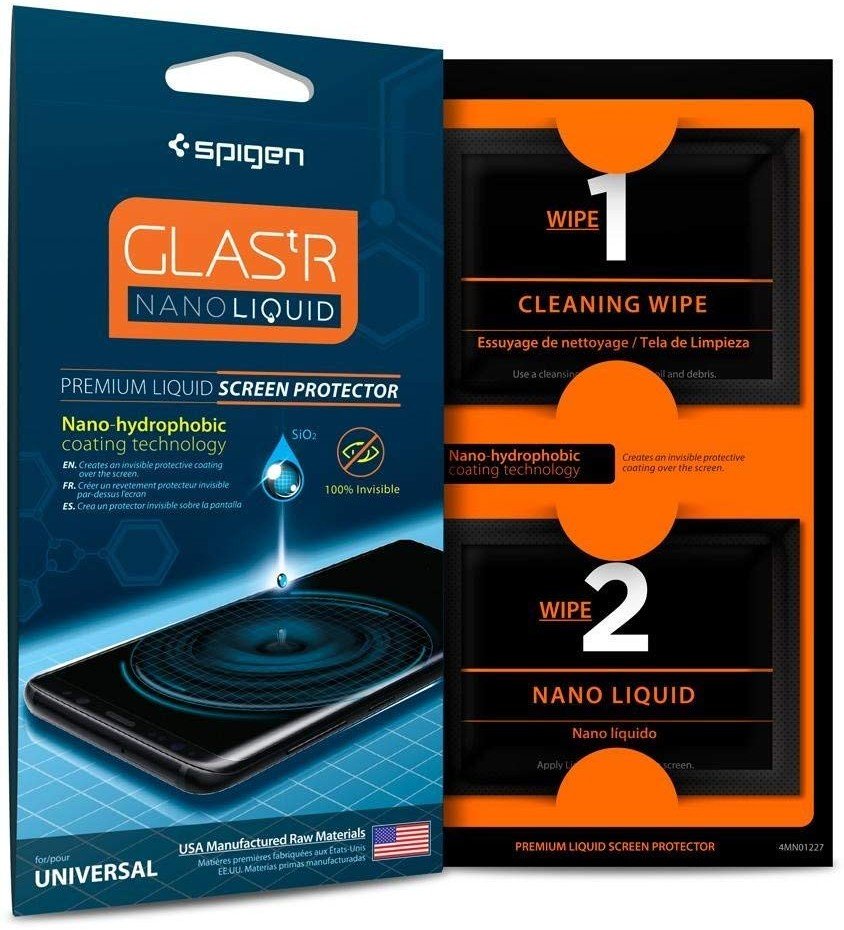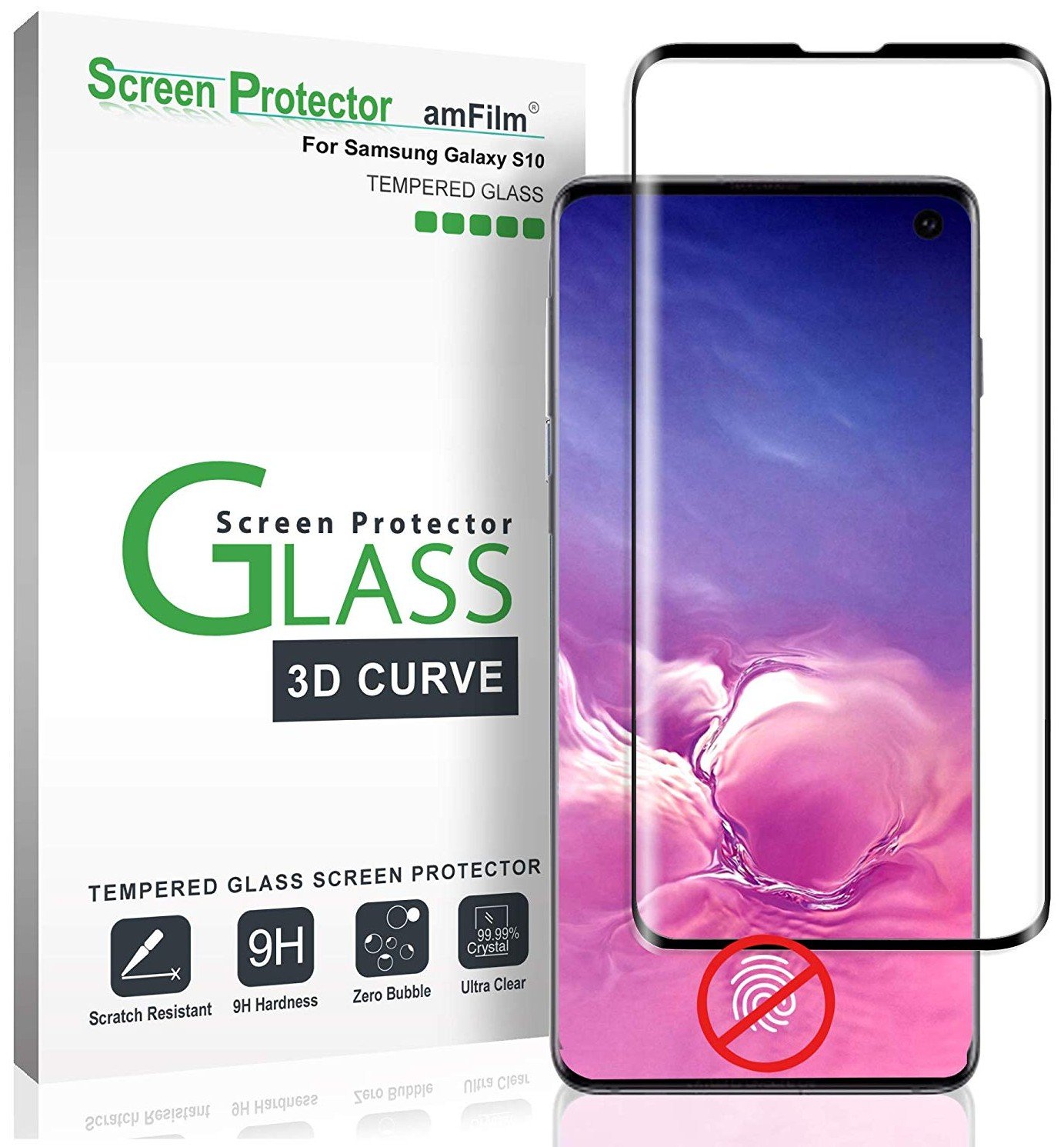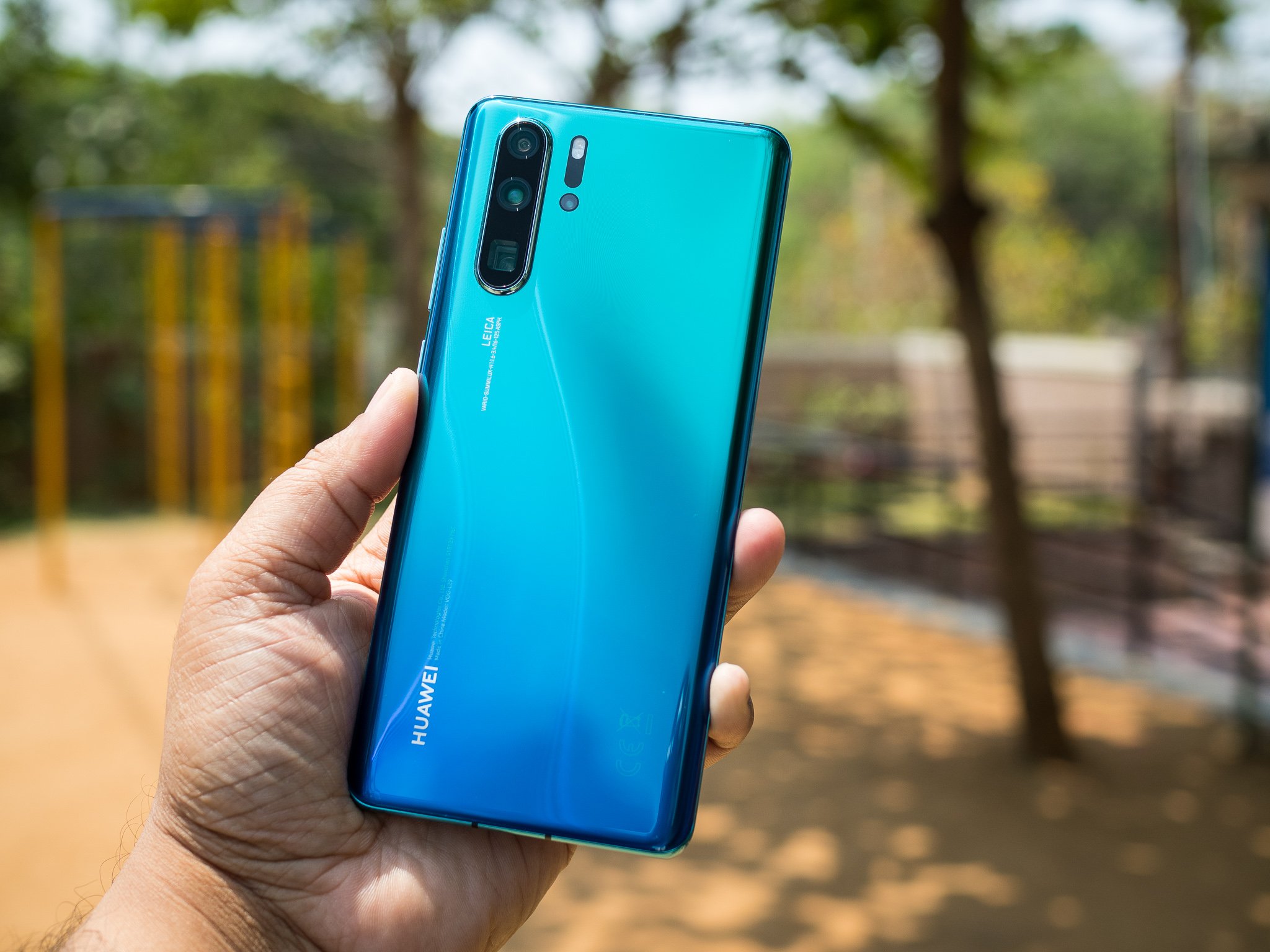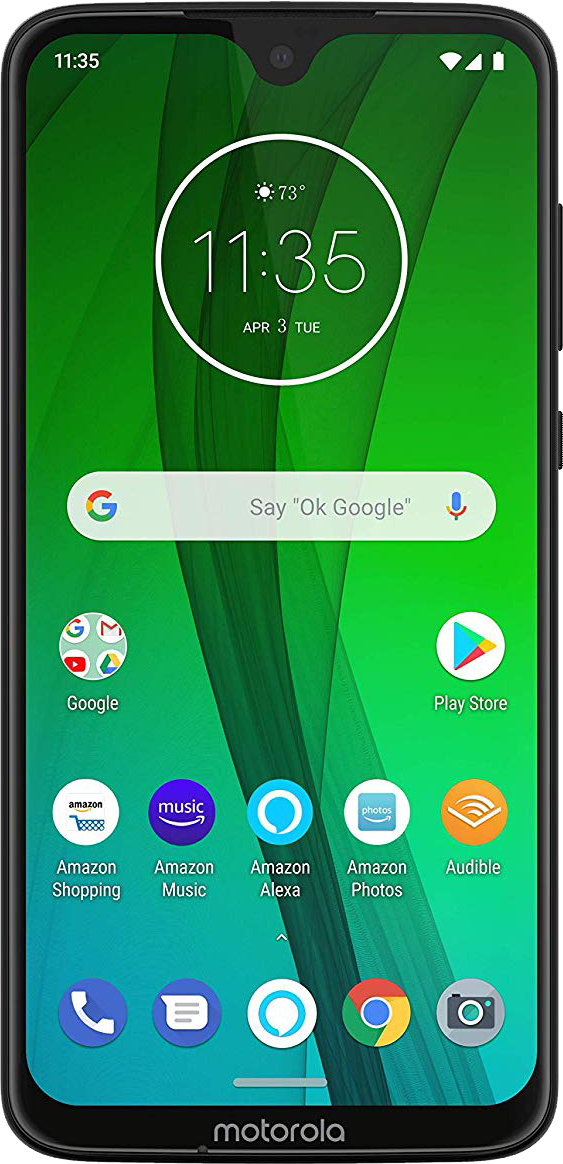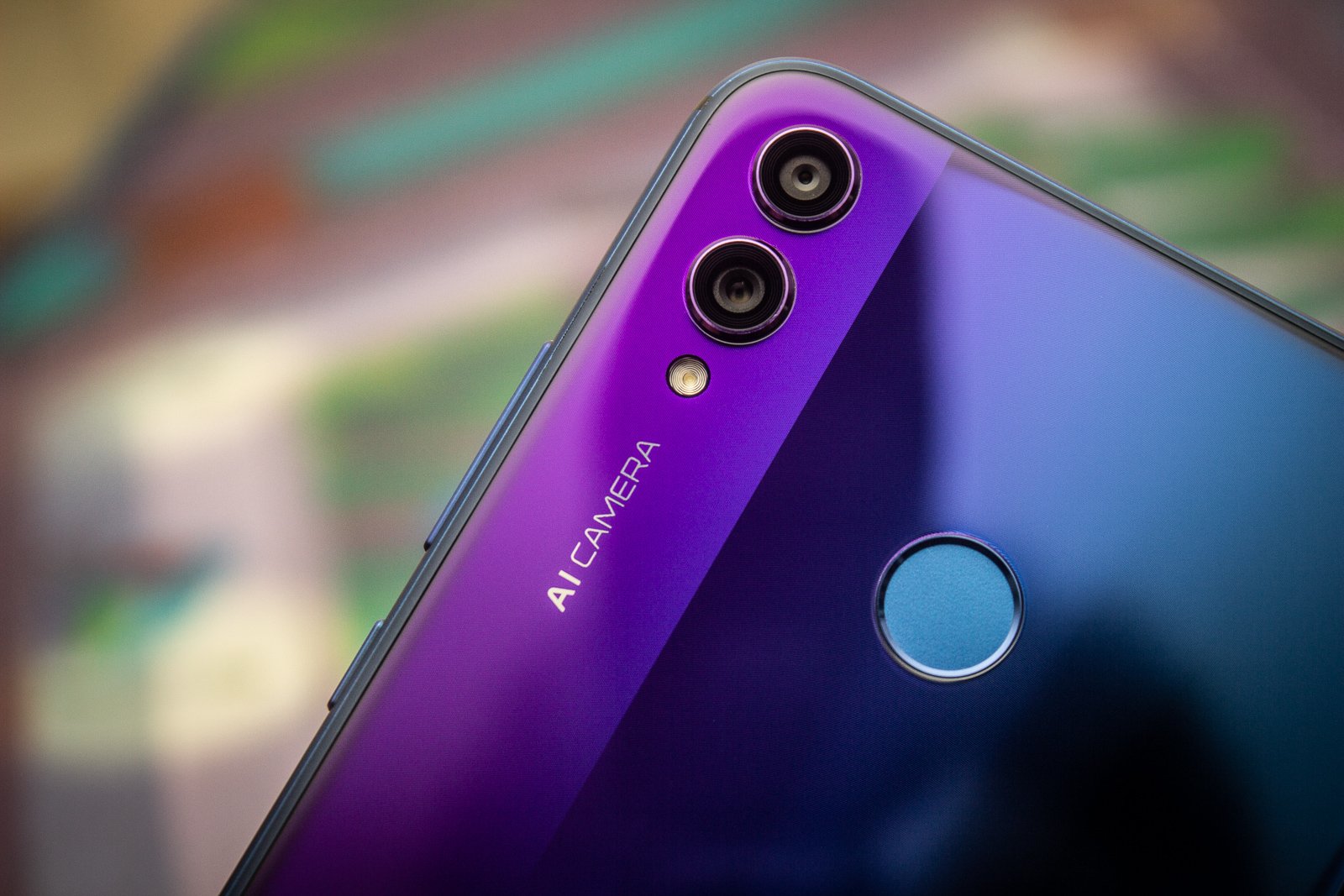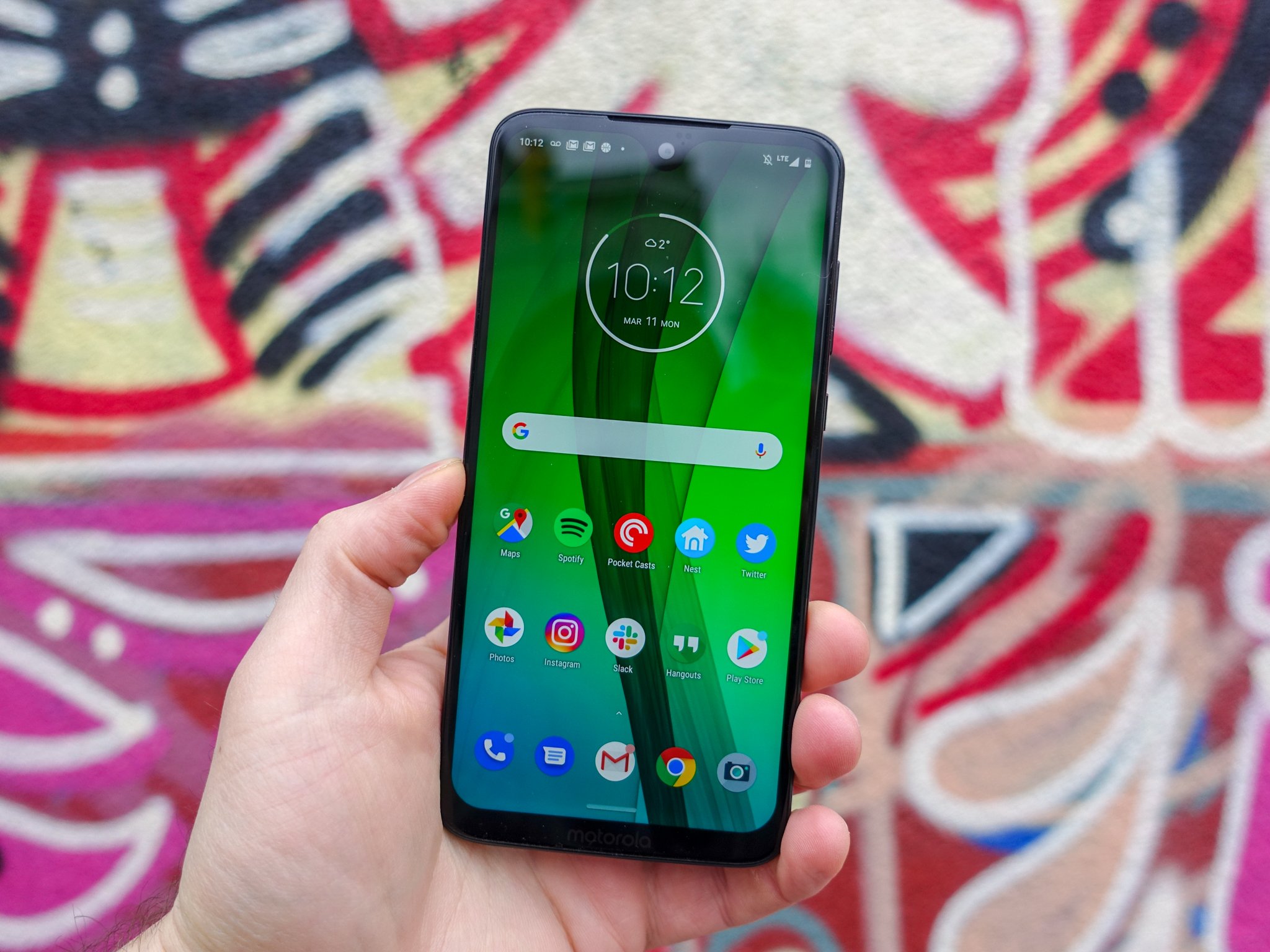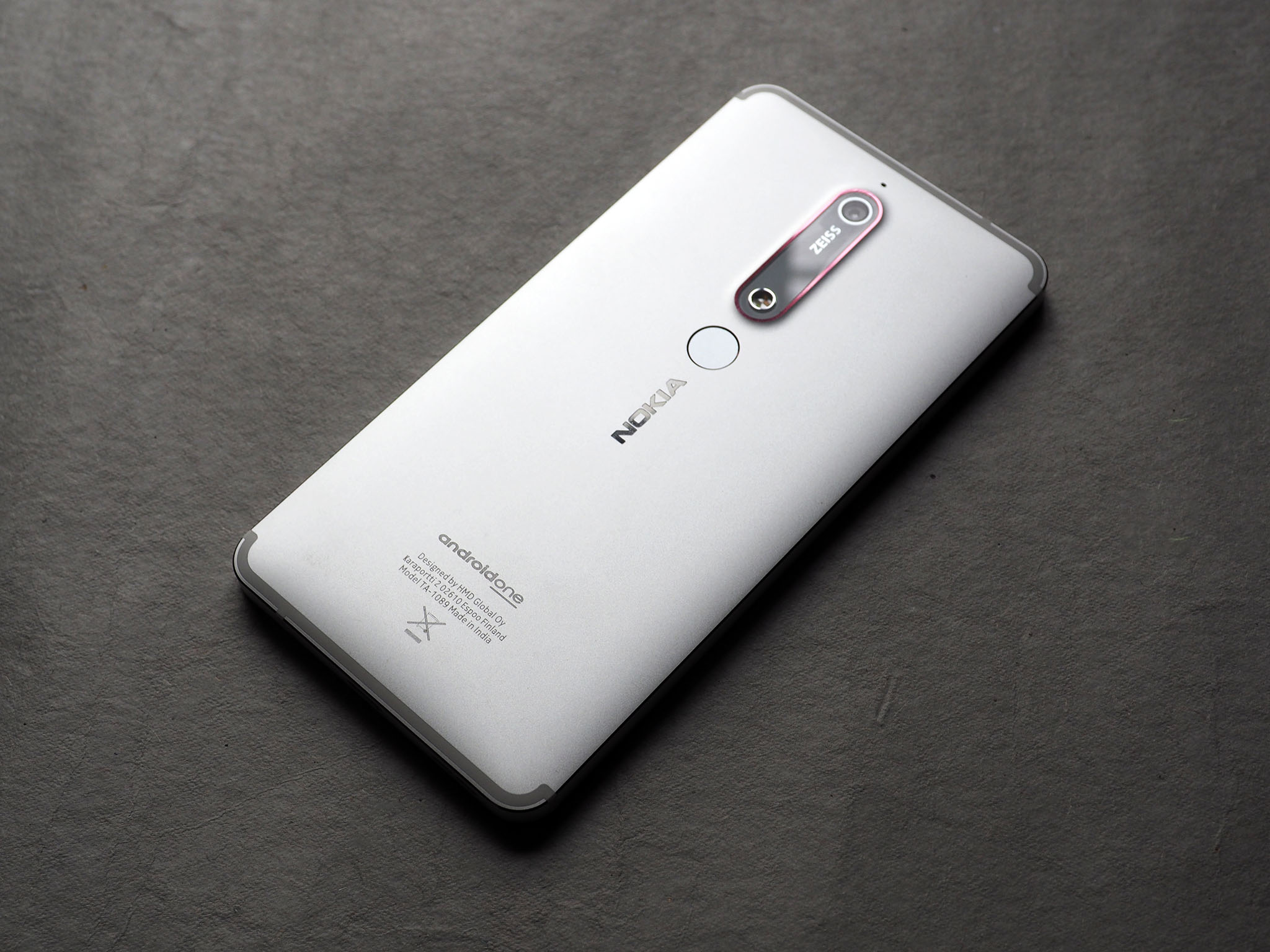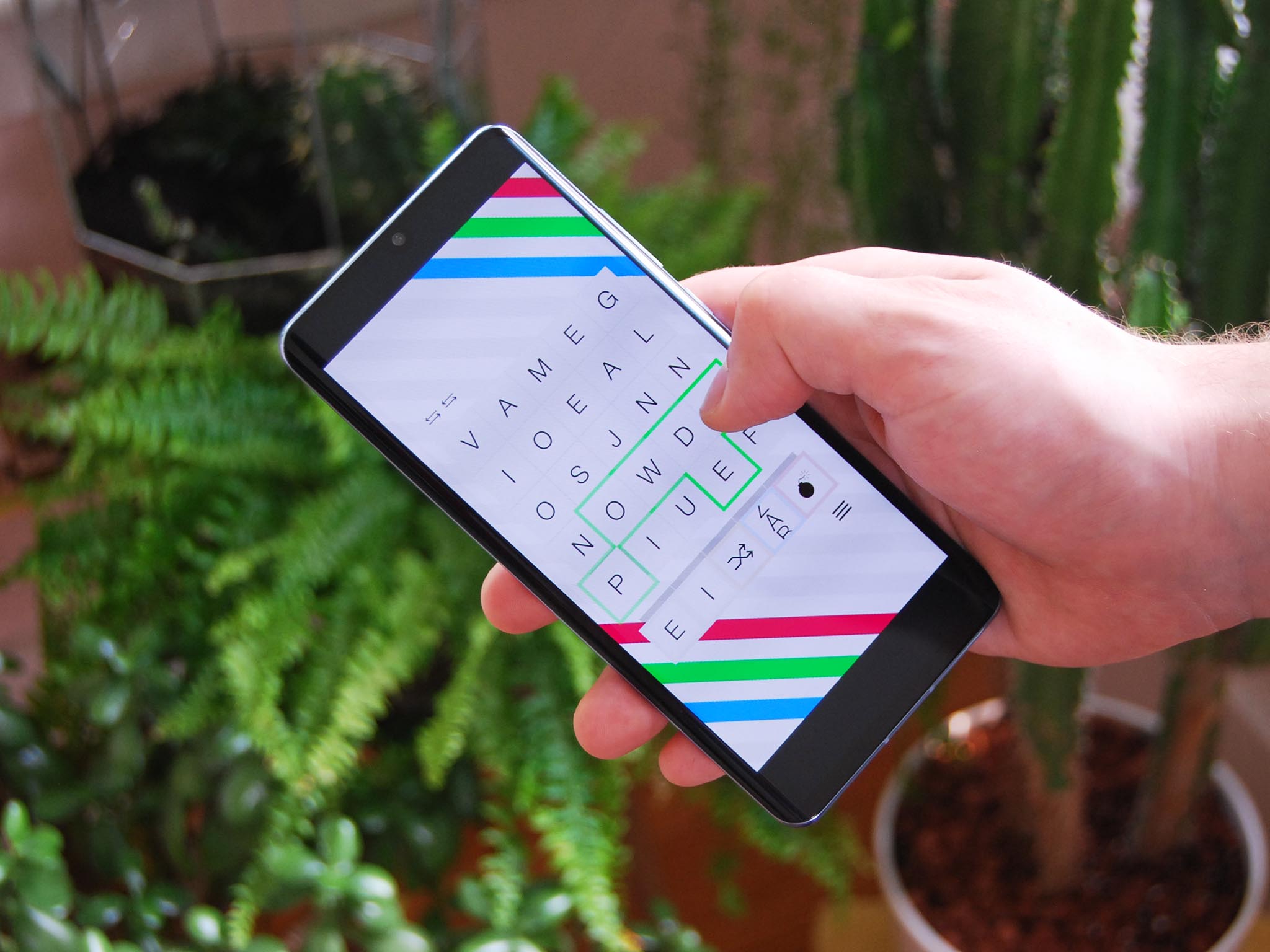Smart Displays continue to take the world by storm and we have tested just about all of the options on the market. The best part about it is that it's rather easy to find the best display for your needs.
Lenovo Smart Clock
Bigger and better
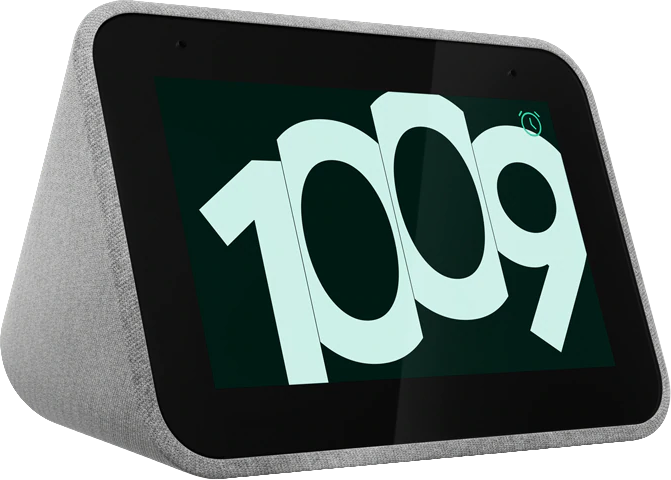
$80 at Lenovo
Pros
- Larger display
- More powerful speakers
- Built-in USB port
- Lower price
Cons
- No camera for video chats
- Can't set Google Photos for photo frame
The Lenovo Smart Clock is a fantastic bedside companion with Google Assistant support. It's a little cute package with larger speakers that won't take up too much space on your bedside table, and will fill the room with your favorite music.
Amazon Echo Spot
Tried and true
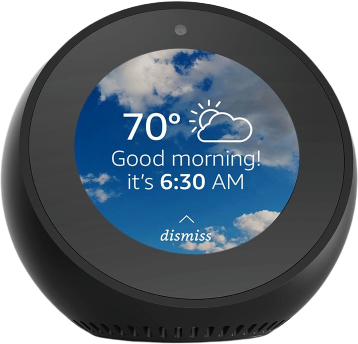
$130 at Amazon
Pros
- Built-in camera for video calls
- Smaller build to keep out of the way
- Multi-room speaker support
Cons
- Speakers are not as powerful
- Video playback looks awkward on round screen
- More expensive
Amazon's Echo Spot was first on the scene for a bedside smart clock, but it is beginning to look dated. The built-in camera makes video calls a breeze, if that's your sort of thing, although the speakers leave a bit to be desired.
Amazon was one of the leaders when it came to bringing smart displays into everyone's home. The company has been doing this for quite a while, but now, there's competition from a myriad of companies, including Lenovo. The new Lenovo Smart Clock has all of the benefits of Google Assistant, and a few other tricks, without the pervasive camera.
Does a bigger screen mean it's better?
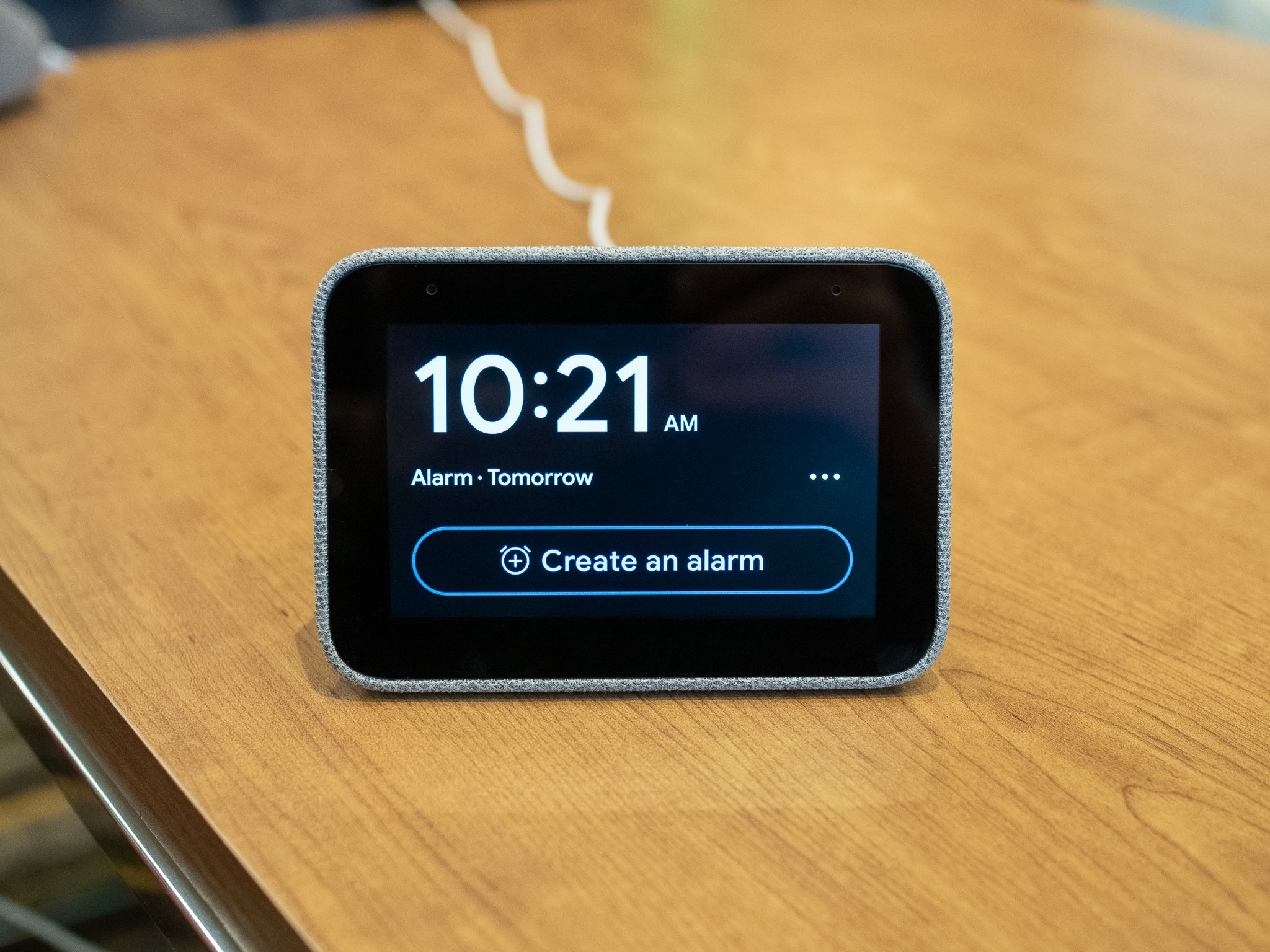
The first thing you'll notice when comparing the Lenovo Smart Clock and Amazon Echo Spot is the disparity in display size. Lenovo included a 4-inch display, while the Echo Spot comes in at just 2.5-inches. Obviously, there's more screen real-estate on the Smart Clock so that you can see all different bits of information. However, the Echo Spot has a few extra benefits of its own other than Alexa support.
|
Lenovo Smart Clock |
Amazon Echo Spot |
| Size |
4.4" x 3.14" x 3.11" |
4.1" x 3.8" x 3.6" |
| Display |
4-inches |
2.5-inches |
| Resolution |
480 x 800 |
480 x 480 |
| Audio Input |
N/A |
3.5mm jack |
| Speaker Power |
6W |
2W |
| Camera |
N/A |
Yes (VGA) |
| Smart Assistant |
Google Assistant |
Amazon Alexa |
| Volume Buttons |
Yes |
Yes |
| Mute Toggle |
Yes |
Yes |
| USB Port |
Yes |
No |
In addition to sporting a bigger display, the Smart Clock comes with a 3W speaker with a "peak power" of 6W. This is combined with 2 passive radiators which Lenovo claims has enough power to "fill the room" with music or any other media that you want to play back.
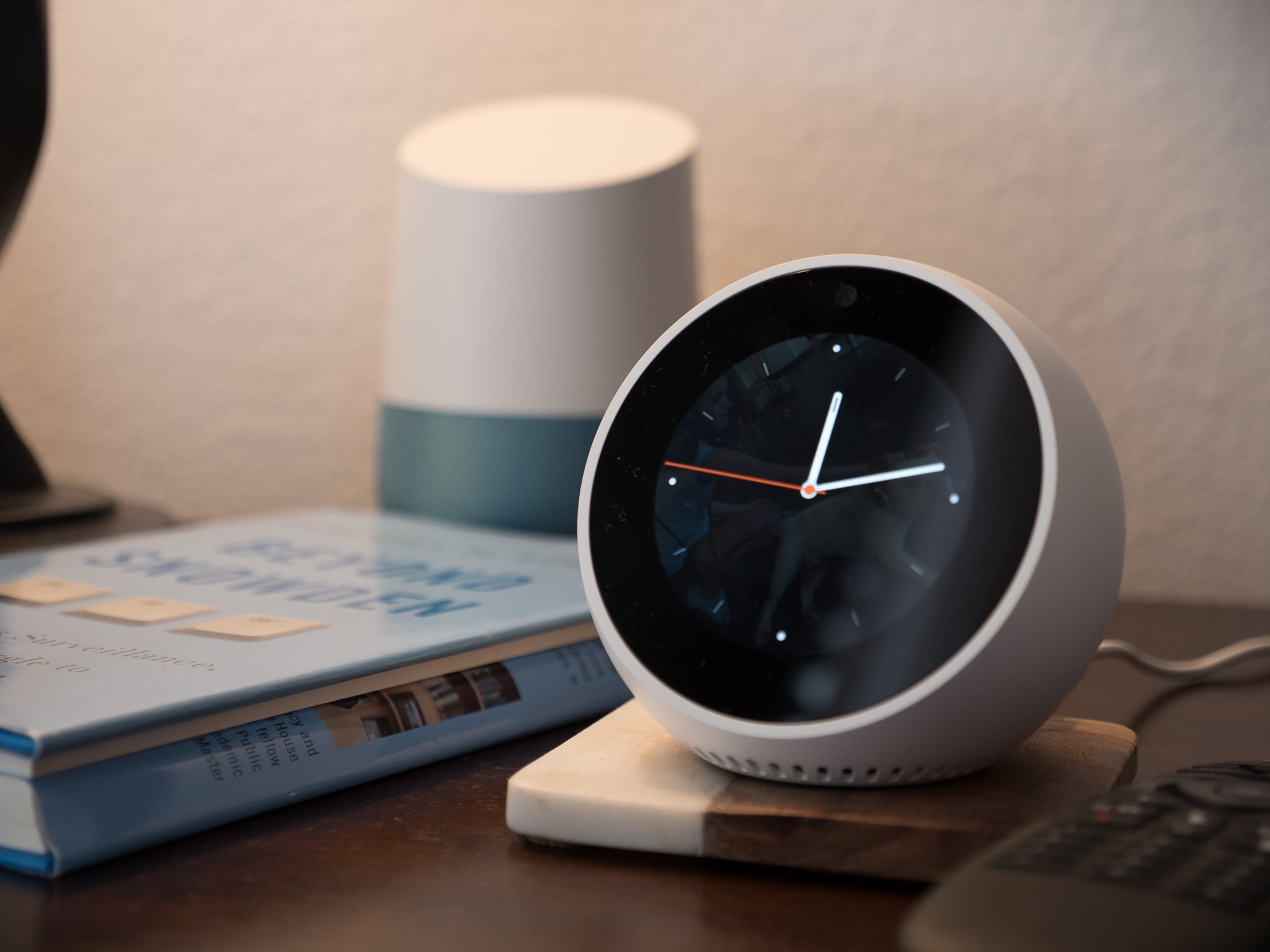
In comparison, the Echo Spot's 2W speaker measures in at 1.4-inches. It'll do the job if you just want to hear the weather for the day as you get ready to start yours. We definitely wouldn't recommend using this to playback any type of music for extended periods of time. BUT, there's a 3.5mm headphone jack so you can connect it to a larger speaker if you want an extra cable hanging around.
Unfortunately, with Lenovo's Smart Clock, what you see is what you get, as there is no 3.5mm headphone jack. However, the company did include a standard USB-A port on the back, which allows you to plug in your smartphone, whereas the Echo Spot does not include the USB port. This won't provide fast-charging, let alone something like Quick Charge 2.0, but it will still charge your phone overnight in case you can't find your regular charging brick.
Both speakers include hardware volume controls so that you can get the volume just right. Or, you can hit the mute switch if you don't want to hear anything from your smart speakers for a period of time.
Assistant vs Alexa

Outside of the price and the design, the biggest difference between the Smart Clock and the Echo Spot are the brains of the operation. The Lenovo Smart Clock gets its smarts from Google with Assistant, and the Echo Spot while Amazon's Alexa powers this speaker.
This isn't necessarily a battle of Amazon versus Google, but picking the "best" does depend on what products are already in your home. For example, with the Smart Clock, you can take advantage of asking Assistant to play content on your bedroom TV with a Chromecast connected. Plus, this is compatible with Google's routines, so you can set them up on your phone and use your Smart Clock to activate the routines.
As for the Echo Spot, you get everything that Alexa has to offer, along with the millions of Alexa Skills that have been created over the years. These skills allow you to connect and integrate with a myriad of different smart home products, apps and more.
Bedroom privacy
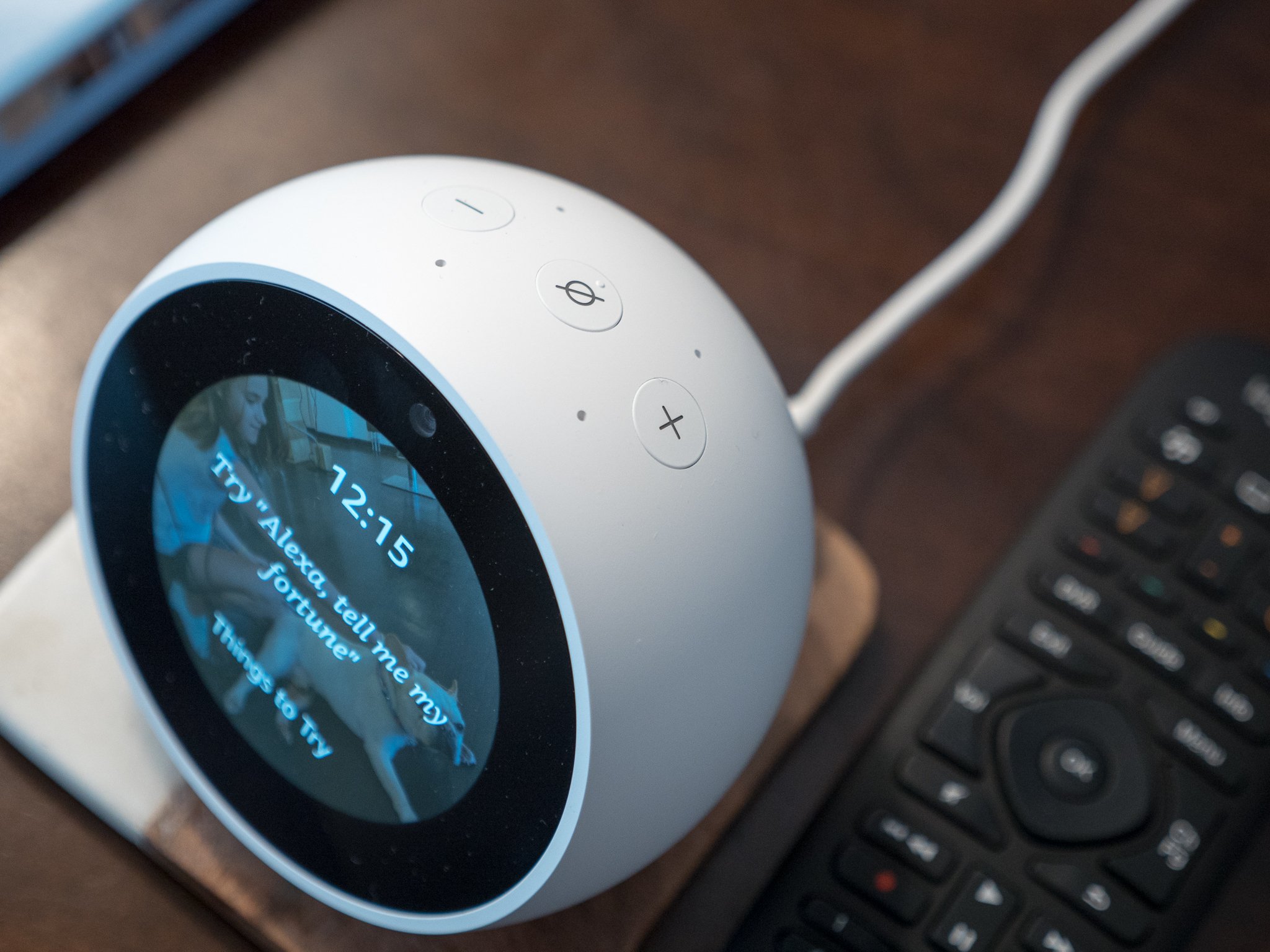
Another consideration is whether you want a camera in your bedroom or not. Putting a camera in a baby's room is one thing, but having a camera in your own bedroom controlled by an off-site company can be bothersome.
If you really want the Echo Spot because you're entrenched in Amazon's ecosystem, but don't want the camera, the fix is simple: put a piece of tape over the camera. With the Smart Clock, there's nothing to worry about, as Lenovo decided it would be prudent to leave the camera for other parts of the home.
Both devices support integration with smart locks and other products, such as those from Nest and Ring. Either will make it easy to see who's knocking at the door, without ever leaving the bedroom.
Which should you buy?
If you are just getting started in the smart home world and don't know which to pick, we would lean towards the Smart Clock. This bedside clock is arguably smarter with Google Assistant, includes a larger display, along with louder speakers.
The Echo Spot is great if you are already familiar with the Alexa ecosystem and want a smart bedside clock. The inclusion of the camera is something that you will have to deal with, but Amazon did a fine job in releasing something that is cute and smart, at the same time.
Lenovo Smart Clock
Google Smarts

$80 at Lenovo
It's like a mini Nest Hub
With its 4-inch display and louder speakers, Lenovo knocked it out of the park with its first smart speaker. The Smart Clock is very attractive and will fit in wherever you decide to put it, and has the power of Google Assistant behind it.
Amazon Echo Spot
Bedside Alexa

Smaller isn't always better
$130 at Amazon
The Amazon Echo Spot has been around for a couple of years but is still extremely capable. The included camera makes video-chat possible, but could be a turn off for some.
